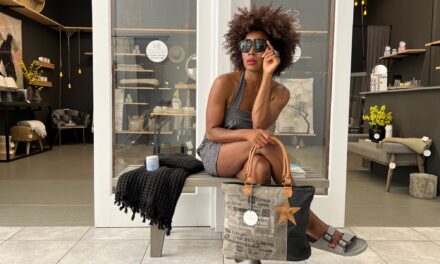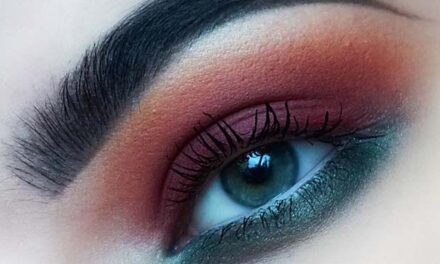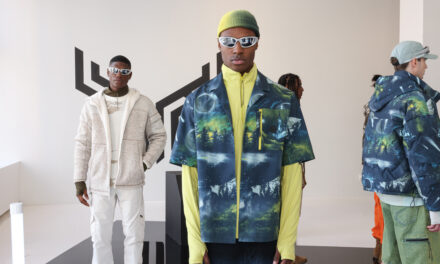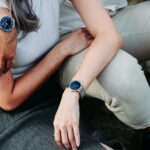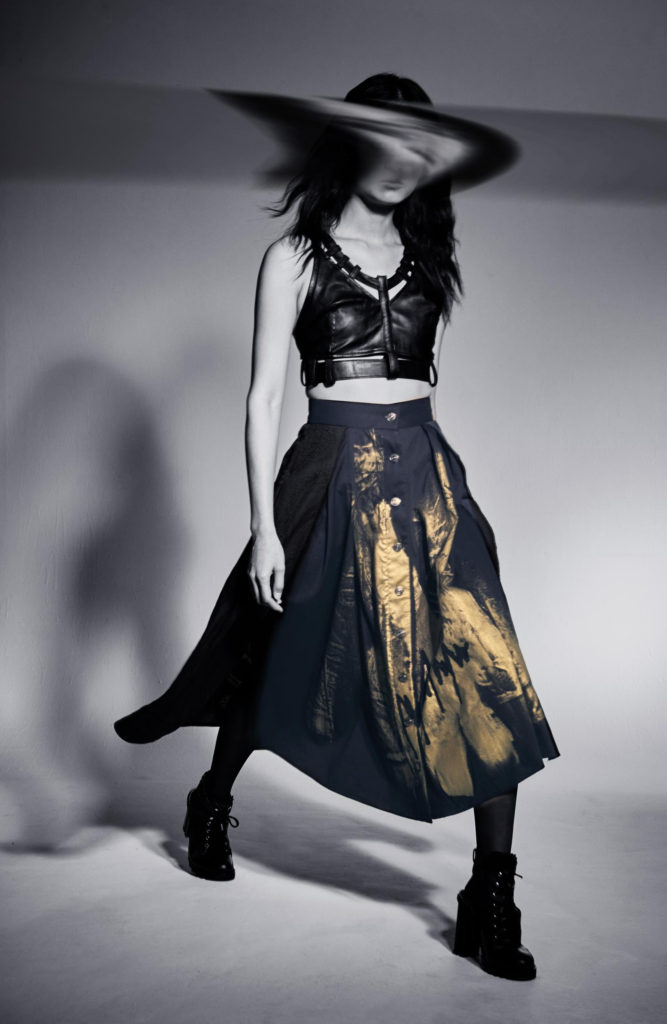
For her latest collection, Misora Nakamori collaborated with Taguchi Orimono, a former Kimono textile weaver from Hachioji (Tokyo region), to develop a custom fabric they call “Gisha”.
The pair researched ways to lighten Misora’s preferred heavy-textured fabrics. Misora and Taguchi discovered traditional techniques to create a woven lace-like composition, giving a special texture to the surface of the fabric. The beauty of “Gisha” is enhanced when it is hit by sunlight. It is subtle yet elegant, and gains character with time and wear.
“Gisha” was the starting point for her exploratory Fall/Winter 2022 Collection. Misora gets creative with exciting variations in her coats, dresses, pants, skirts, and shorts.She revives staples from her previous offerings, such as: the inside-out raw jacquard, the logo bodysuits and leggings, and various leather & paint works.
Misora Nakamori leans on research to guide her creative mind, and she is happy with letting it define her voice…for now.
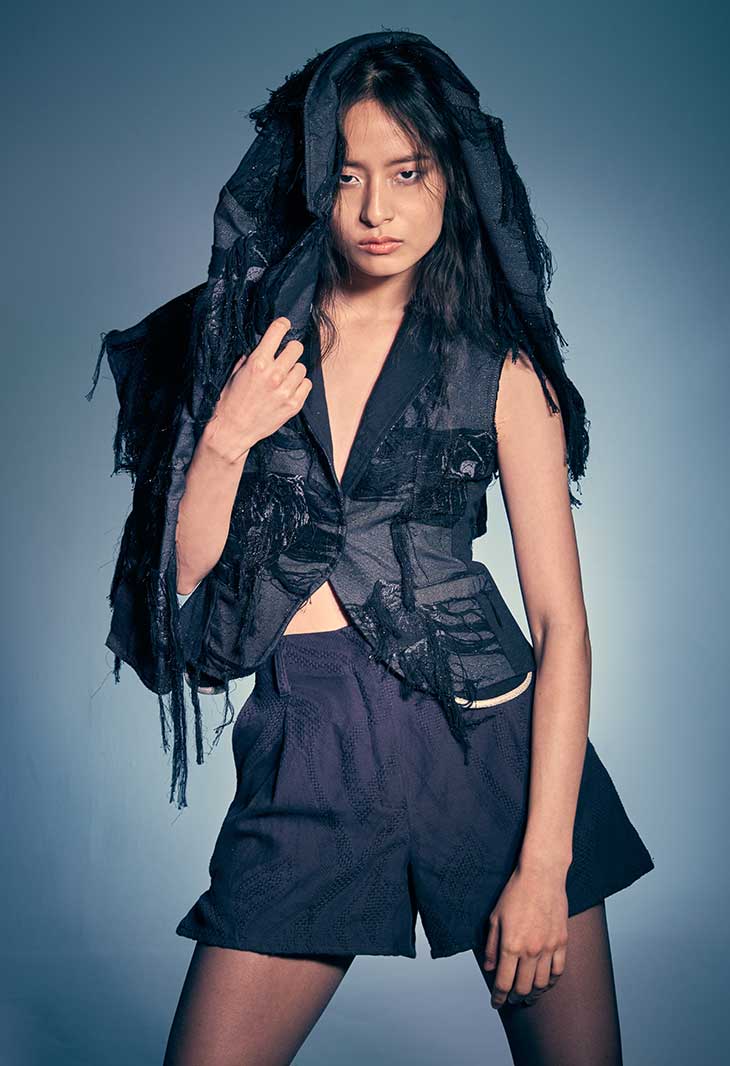

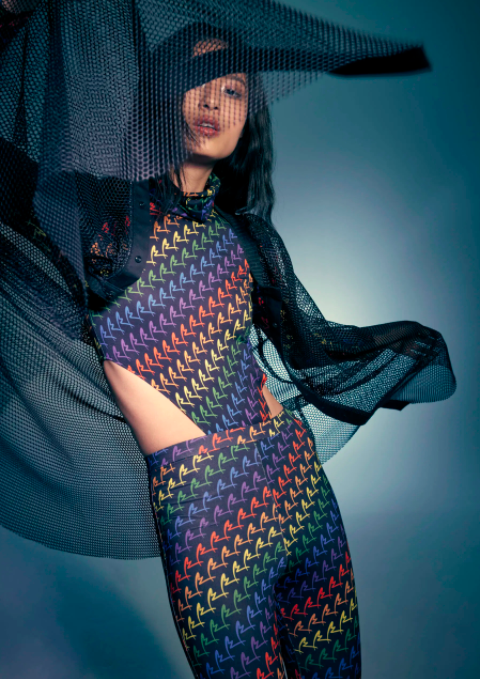
About Misora Nakamori
A native of Tokyo and a graduate of Central Saint Martins in London and The Royal Academy of Fine Arts in Antwerp, Misora Nakamori now resides in Paris, the base of her namesake label. Her creations and collections document her multicultural experiences as well as her personal journey.
Misora’s roots are intrinsically Japanese (a poetry of craftsmanship vs. technology). Her creative freedom is shaped by her formative years in London (the license to be eccentric) and her commitment is shaped by her time in Antwerp (acquainted with radical ideas and work ethic). She keeps her spirit indubitably Parisian (a slower more ingenious creation/life balance). Each layer in her personal story contributes to the foundation of her work.
Deference to tradition guides her towards revitalizing forgotten techniques. She joins forces with artisans to create individual and multifaceted, handmade pieces that capture the delicacy in what is usually discarded. Embracing what is often considered “unnecessary,” she finds inspiration and brings abandoned materials, factors, and thoughts into the spotlight. She questions the construct of beauty: what you see vs. what you feel vs. what you know.
Edited by Brianne Oliva

